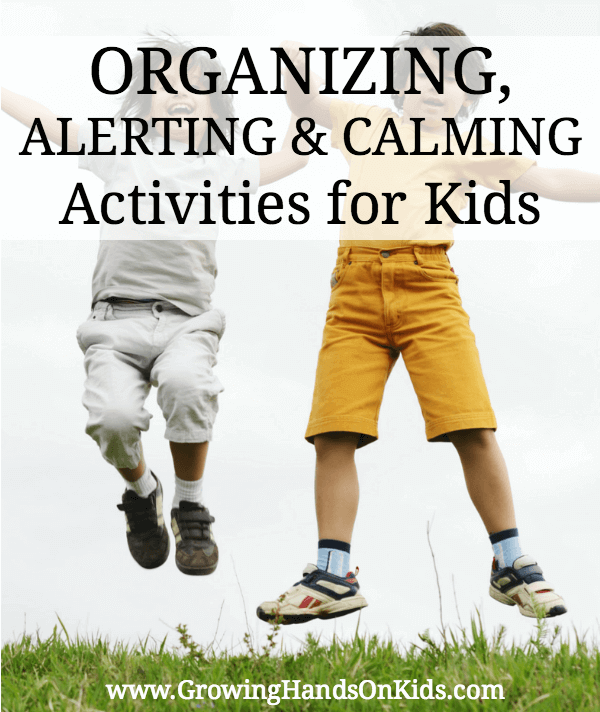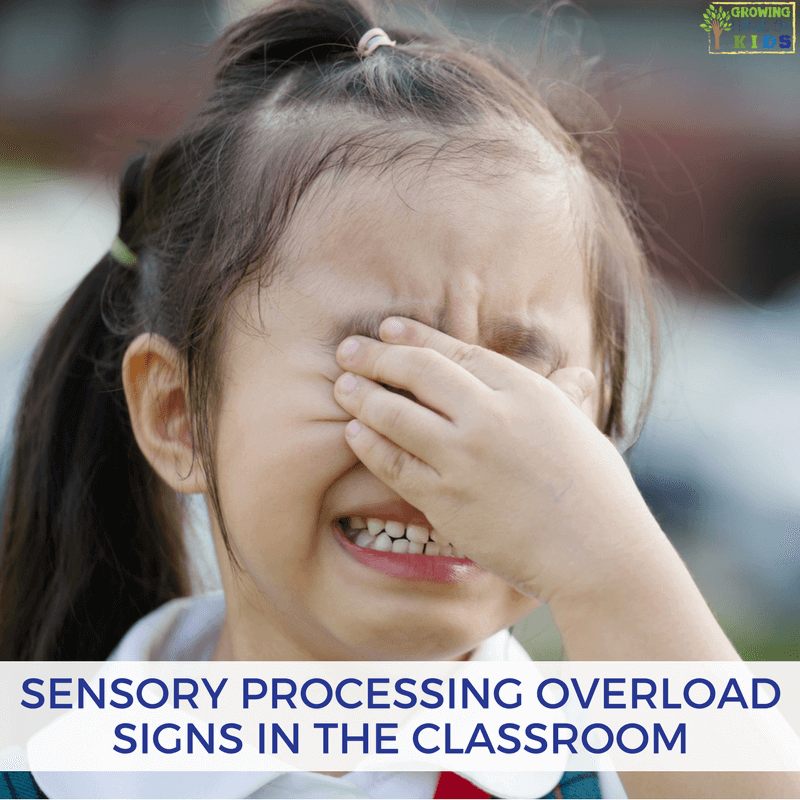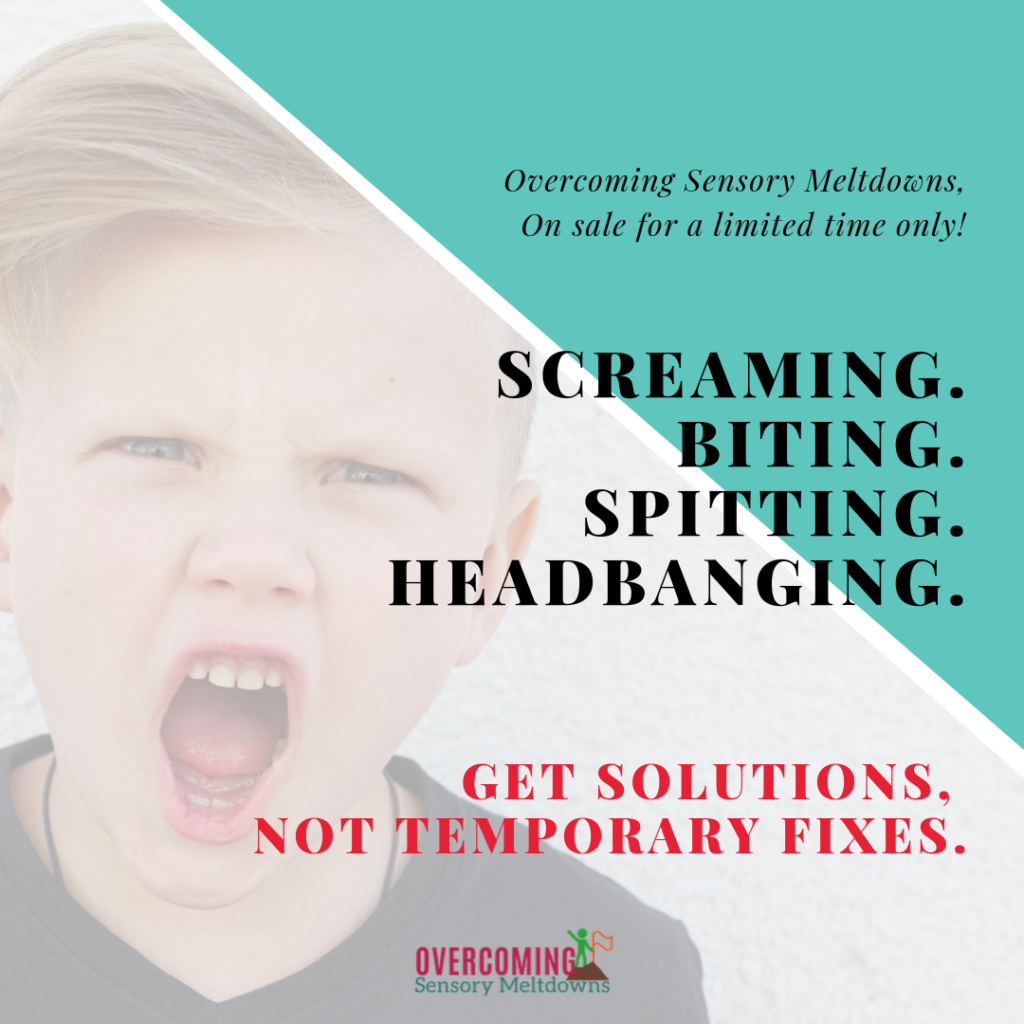Calming, Organizing and Alerting Activities for Children
Affiliate and Referral links are used below to promote products I love and recommend. I receive a commission on any purchases made through these links. Please see my disclosure policy for more details. As an Amazon Associate, I earn from qualifying purchases.
Children, in particular, those with special needs, often need many breaks throughout their school day to help them focus, stay on track, or calm in order to self-regulate. If you are in a public school environment, sitting at a desk all day can be a challenge. Today I am sharing some calming, organizing, and alerting activities for children.
Many activities can produce calming, organizing, and alerting effects in children. Use these ideas as a starting point to help children self-regulate before learning.
These can be used in school, at home, in homeschool routines, really anywhere. There is also a free printable packet of all the ideas below for you to grab.
Organizing Activities for Kids
Children who are having trouble focusing on the task at hand could benefit from some of these activities. You can have the entire class do some “organizing” movement activities before sitting down to do seated work.
Also, consider using flexible seating options for those who need more movement in order to focus.
- Heavy work (gives input to muscles and joints and causes fatigue)
- Wall pushes with hands and feet.
- Jumping on trampoline
- Popcorn jumps (jumping from a squat position and then landing back in a squat position)
- Wheelbarrow walking
- Crawling through tunnels
- Obstacle course
- Putting up/down chairs
- Sitting on the “move and sit” therapy ball during classroom activities
- Passing the weighted balls
- Scooter board on belly and bottom (wall push-offs) 10+ reps
- Resistance Bands
Alerting Activities for Kids
These are great to use with kids who tend to be lethargic. They are also great to use after sitting activities to get the juices flowing again.
Just make sure you do some type of calming activity after an alerting activity before asking your child to sit back down to learn and work again.
- Bouncing on a therapy ball
- Upbeat music with a strong beat
- Vibrations on the arms, hands, or back
- Swinging
- Jumping on a mini-trampoline
- Going outside
- Heavy work activities (moving a stack of books, re-arranging chairs, etc)
- Use two fingers on both sides of the spine, and give a light upward stroke 3-5 times
- Controlled spinning (no more than 10 repetitions at a time – do not do this if there is any known heart or seizure history)
- Jumping jacks
- Push-ups or wall push-ups
- Skipping
- Running (relay races, obstacle courses, etc)
Calming Activities for Kids
Encouraging proprioceptive input can have a calming effect for many children. Proprioception is sensory input to the muscles, joints, and tendons through movement.
- Rocking slowly over a ball on the belly
- Slow rocking in a rocking chair
- Turning off the lights
- Swinging in a large circle with the child facing an adult (no spinning)
- Laying under a heavy blanket
- Soft or rhythmic music (spa-type music or classical music without a strong beat)
- Beanbag squeezes
- Deep breaths
- Yoga poses
- Chair push-ups
- Lying on the floor while an adult rolls a ball over top giving some deep pressure.
- Use of body sock/lycra material to wrap in
- Light touch/hard touch (depending on the child) – have the student brush a feather over their arms, or squeeze their arms with their hands for deep pressure.
- Using two fingers on both sides of the spine to give form downward strokes 3-5 times.
- Hand fidgets (such as play dough, Wikki Stix®, Thera-putty, etc.)
- Heavy work (moving furniture, a stack of heavy books, pulling a weighted backpack/rolling cart)
There are many other sensory strategies you can use to help children self-regulate. Occupational Therapists can give more specific and individualized ideas for a child who may need more support with sensory processing, emotional regulation, and calming strategies.
Subscriber Printable of Organizing, Alerting, & Calming Activities for Kids
I have this list available as a free printable for those who wish to subscribe to my email list.
Subscribe to Growing Hands-On Kids for weekly newsletter activity tips and ideas, just like this one. You'll also be the first to know about new printables, products, and recommended resources.
As a free gift, I'll send you the Organizing, Alerting, and Calming printable download.
Just add your name and e-mail address and then look for a confirmation e-mail (double check your spam folder). Confirm your subscription with the link in that e-mail.
Once you subscribe the download will automatically be sent to your computer. Please double-check your downloads folder so you can save it to your computer for future reference.
If you are already a subscriber of GHOK, don't worry, you aren't actually subscribing again. This just lets my email provider know which printable to send you. You will not receive duplicate emails from me.
By downloading this free printable, you are agreeing with my site's terms of use and privacy policy as detailed here.
Download the Free Printable
Subscribe to Growing Hands-On Kids for weekly newsletter activity tips and ideas, just like this one. You'll also be the first to know about new printables, products, and recommended resources.
As a free gift, I'll send you the Organizing, Alerting, and Calming printable download.
By downloading this free printable, you are agreeing with my site's terms of use and privacy policy as detailed here.
You May Also Like:

Heather Greutman, COTA
Heather Greutman is a Certified Occupational Therapy Assistant with experience in school-based OT services for preschool through high school. She uses her background to share child development tips, tools, and strategies for parents, educators, and therapists. She is the author of many ebooks including The Basics of Fine Motor Skills, and Basics of Pre-Writing Skills, and co-author of Sensory Processing Explained: A Handbook for Parents and Educators.




